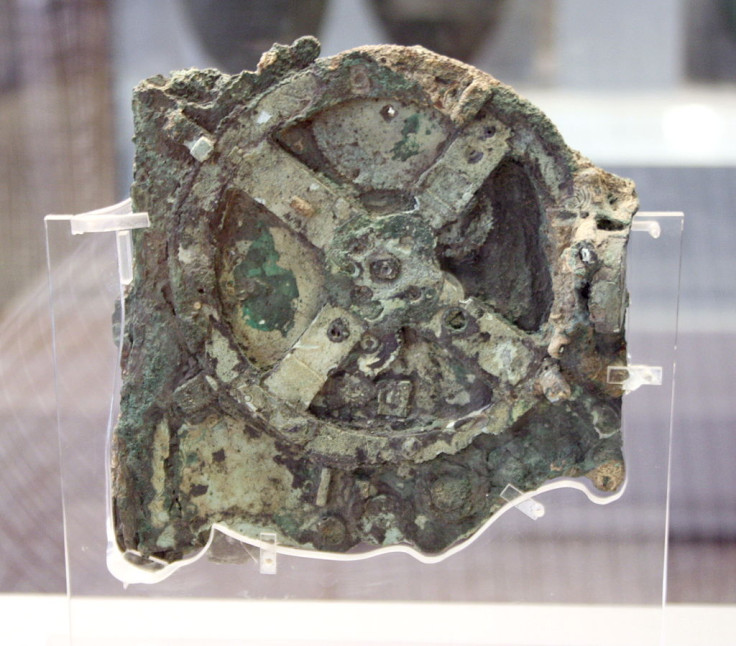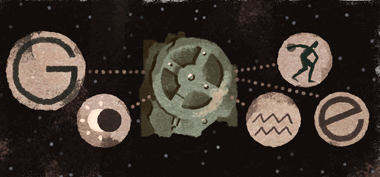What is the Antikythera mechanism? Google's Doodle marks 'world's first computer'
The complex clockwork mechanism was built around 87BC.

The link between today's technology and out ancient past is being marked by Google with its latest Doodle.
The search engine shows an image of the Antikythera mechanism that some call the"world's first computer", which was discovered 115 years ago by divers.
It was a Greek archaeologist, Velerios Stais, who sifted through the artefacts of the Roman shipwreck to find what was initially thought to be a wheel or a gear but which turned out to be a complex clockwork mechanism that had been built in Greece around 87BC.
There are disputes as to its age, with some suggesting that the crank-powered device could have been built as long ago as 150BC, according to Google.
The treasure was inside a small bronze box and had 30 bronze gears that could track the stars, predict eclipses and timed the Ancient Olympic Games.
Alexander Jones, a New York University professor and his team found 3,500 characters of text in ancient Greek inside the mechanism, which he called a guide on how to use the instrument.

"It was not a research tool, something that an astronomer would use to do computations, or even an astrologer to do prognostications, but something that you would use to teach about the cosmos and our place in the cosmos," Jones told the AP.
So advanced was the technology that it was not until hundreds of years later that it was replicated with the development of astronomical clocks in the 14th century, with some saying the technology was not overtaken until the 18th century.
Now kept at Greece's National Archaeological Museum, the ancient device inspired the technology of the future and illustrates how advanced our predecessors were.
© Copyright IBTimes 2025. All rights reserved.






















